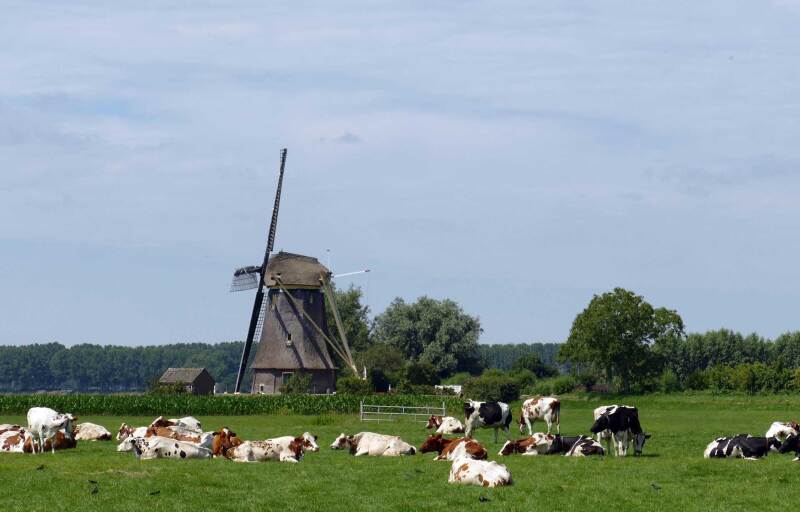
Already burdened by rising input costs, a cash-flow squeeze and reduced access to financing, Dutch livestock farmers are now being told to downsize, move or get out of the business altogether. The government’s plan to cut nitrogen dioxide and ammonia emissions in the farming industry is prioritising buyouts of livestock as a quick way to reduce the manure they produce and preserve land for biodiversity.
Such an approach risks missing the point. As demand for agri-food products continues to increase, what is needed is a more efficient supply chain, not a less productive one.
From a purely climate perspective, the plan makes sense. Under the 1.5-degree scenario, strict top-down policies need to be implemented now to stimulate – or force – systemic change in the most-polluting sectors.
The target reflects the pressures of a timeline that is set by nature and backed by science. It also emphasizes a bitter reality for Dutch farmers: the country’s agricultural density relative to land area has become so unsustainable that radical and costly operational changes are inevitable.
The country is feeding its European neighbours while its local ecosystems pay the price
Most of the Netherlands’ agri-food exports stay within a 600-kilometre radius.